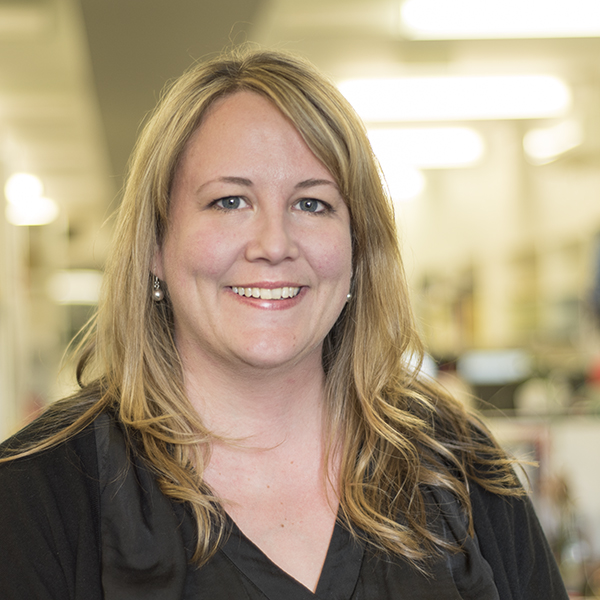In Conversation with Joanne Green, Tract Landscape Architecture
Riverlee is partnering with Tract to transform the 51ha site at New Epping with a landscape-led approach that combines sustainable design, ecological restoration and community spaces to transform the area into a nature-rich community.
Can you share an overview of the landscape regeneration goals for New Epping?
New Epping covers over 51 hectares, with a 12-hectare creek corridor at its heart. Our aim is to create a landscape-led approach, where green spaces extend from Edgars Creek Corridor into the surrounding development. We’re focusing on community engagement, and sustainable design principles in line with New Epping’s 6 Green Star Community accreditation.
What are some of the ecological challenges you’ve encountered in this project?
The site’s industrial history presented significant challenges, with decades of neglect allowing invasive species like thistles and blackberries to grow. However, substantial efforts have already been made to stabilise the environment, removing invasive plants and creating the space to reintroduce the native flora that once thrived in the area. In fact, more that 200,000 native plants will be introduced over the course of the project.
Can you tell us about the wildlife you’re hoping to support through this regeneration?
Our primary focus is on creating and protecting habitats for local species, particularly the endangered Growling Grass Frog, which is local to the area. We’re designing specific areas with rocks and grasses for the frogs to bask and live, and we’re already seeing an increase in bird species in the areas we’ve started working on which is really exciting.
How are you incorporating Indigenous knowledge and history into the landscape design?
We’re actively working with Traditional Owners to embed their knowledge and stories into the landscape. This includes aligning our plant choices with the traditional seven seasons, incorporating Indigenous species like wattles and orchids. We’re also looking at ways to represent language in seating nodes and other design elements. The goal is to tell the story of the land’s history, from its Indigenous roots through to its more recent past, in interactive and engaging ways throughout the site.
How do you envision the landscape evolving over the next 5-10 years?
As more workers and residents move into New Epping, Edgars Creek Corridor will become a key open space for the community. We’re creating a 2.7km loop for running or walking, with various spaces for seating and relaxation. Visitors will feel immersed in a natural waterway within a native grassland environment, dotted with eucalypts and other native species. The soundscape will be noticeably different, filled with the calls of birds and frogs. Biodiversity in the water will increase, with fish and other aquatic life moving in as the waterway connects to the larger system. Looking even further ahead, in 50-60 years, we hope to see very large gum trees scattered along the paths, providing ample shade and habitat, a quintessentially Victorian sight.
As a landscape architect, what excites you most about this project?
It’s really rewarding to see the immediate impact of our work, with increased bird activity in the areas we’ve already restored. The challenge of balancing the needs of wildlife, particularly the Growling Grass Frog, with the requirements for community space and sustainable water management is complex but incredibly fulfilling. Tract, along with Riverlee and all the collaborators who have supported the journey of regeneration at New Epping are so excited to watch the site evolve over the coming decades from a degraded landscape to a vibrant, nature-filled corridor.


